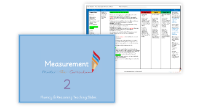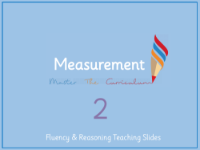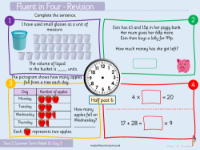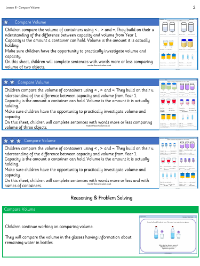Mass, Capacity, Temperature - Compare volume - Planning
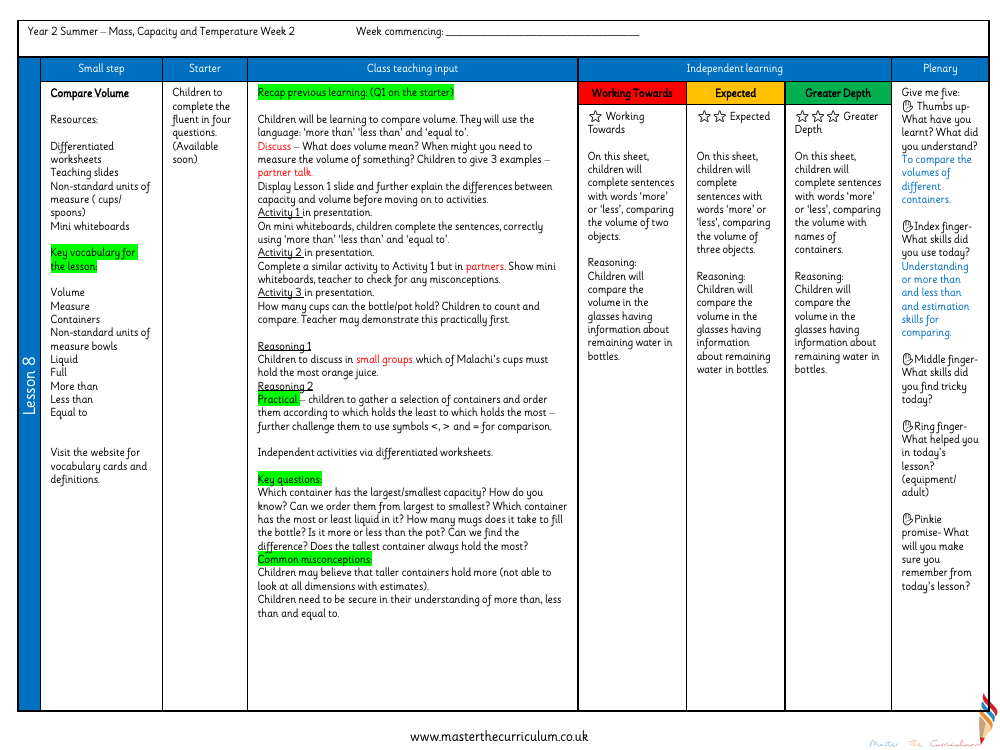
Maths Resource Description
In Year 2's maths curriculum, a lesson is dedicated to teaching students how to compare volumes, an important skill that is part of the Mass, Capacity, and Temperature unit. The lesson begins with a starter activity where children recap on what they already know, followed by class teaching input that introduces the key vocabulary such as 'volume', 'measure', 'containers', and 'non-standard units of measure'. Using mini whiteboards, the children are encouraged to use terms like 'full', 'more than', 'less than', and 'equal to' to describe the volume of liquids in various containers. The teaching slides provide visual aids to help explain the difference between capacity and volume, and the children are asked to discuss and give examples of when it might be necessary to measure volume.
During the lesson, children engage in a series of activities that build their understanding of volume comparison. They use non-standard units like cups and spoons to measure and compare the volume in different containers, and they practice completing sentences with the correct comparative terms. In groups, they reason about which containers hold the most or least and order them accordingly, using symbols such as '<', '>', and '=' to compare. Differentiated worksheets support independent learning, catering to varying levels of ability from 'Working Towards' to 'Greater Depth'. The lesson aims to correct common misconceptions, such as the false belief that taller containers always have a greater volume. The plenary session gives children the opportunity to reflect on what they have learned, the skills they have used and found challenging, and what they should remember from the lesson. This structured approach ensures that children gain a solid understanding of volume comparison, an essential skill for practical applications in everyday life.
